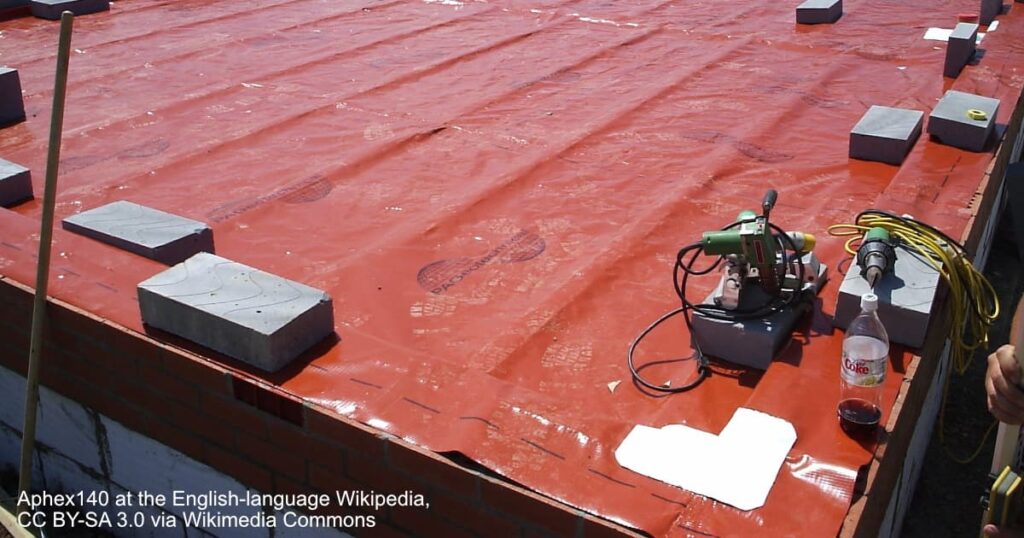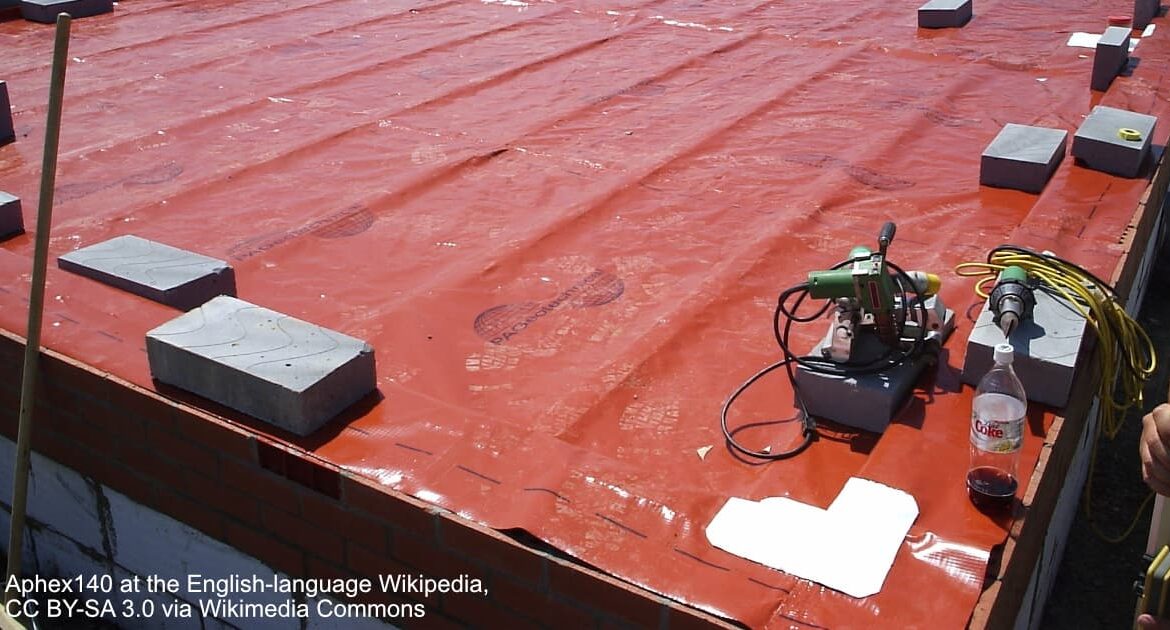
When you start on a building or renovation project, the checklist of things to consider and work around is often long and complex. One area that should not be overlooked, however, is the potential for ground gases penetrating your home and causing harm in their wake.
To combat the potentially harmful impact of these gases, which include radon and carbon dioxide, gas membranes or barriers are installed in the foundations of your new home or extension to prevent gases from seeping through and entering your home. In this blog we share more about gas barriers and membranes, including how to recognise when you might need one and how exactly these thin sheets of material protect your home and family on a long term basis.
What are gas membranes and why are they used?
Gas membranes or barriers are essentially thin sheets of plastic which are laid as part of the foundation of a property and prevent ground gases from rising between soil particles and into the house through its base foundation. As some of these gases can be harmful when they enter a property, you will rend to find that gas membranes are used on any site which has a high gas risk, or which is considered a high radon area – with radon one of the primary gases that a membrane is designed to keep at bay.
There are three types of flooring which are compatible with gas membranes:
- reinforced cast in-situ concrete floors
- suspended beam-and-block concrete floors
- precast concrete slabs
When is a gas membrane required?
A gas membrane is required as part of modern construction regulations, where the property or building project is in a high risk area as designated by a commissioned report and information from the British Geological Society. If your site is considered to be a high gas risk or high in radon, it will need a gas membrane to be installed correctly as part of the building process, as it is this membrane which will protect ground gases from passing through the foundations and into the property.
But what exactly is the gas membrane protecting us from?
Ground gases: An overview
Ground gases are gases which exist in the spaces between soil particles – also known as the pore spaces. Some of the most common gases found include radon and carbon dioxide, carbon monoxide and methane – any and all of which can result in suffocation if large doses are allowed to pass into the property on a frequent and regular basis.
The reason that these gases exist in such locations is a result of both natural production and contamination from manmade site work and waste – with old mine workings and landfill sites particularly prominent in producing excess gas which lives on in the ground.
The crucial thing to understand about these ground gases is that they are not harmful in small doses; rather, they can cause long term damage over extended periods of time, with some even being linked to an increased risk of cancer.
Are gas membranes safe?
When installed correctly, gas membranes are not only safe on their own merit, but they protect properties from an infiltration of potentially harmful gases. Always make sure that the membrane being installed is BBA-approved – something which the contractor installing your membrane should make you aware of if you ask. This approval tells you that the membrane has undergone rigorous testing and has been deemed safe by the BBA.
Gas membrane installation guide
The gas membrane you install will determine the exact method of installation, with specialist radon membranes available for those in high radon areas. You might find that your property would benefit most effectively from a gas membrane and a radon barrier – this will be subject to an independent survey of your surrounding ground and the project you are undertaking.
Gas membranes and barriers should be installed early in the structural planning stage of your project, on a flat surface to prevent punctures. All joints of the gas membrane should be sealed thoroughly using a double sided tape, with an overlap between membranes of at least 15cm. This is what will render your membrane gas and watertight – providing the extra benefit of protecting your property from ground damp as well as ground gases.
Once all the membranes are laid, a single sided tape can be applied to each overlap to seal the top join and create that airtight seal which will keep your home safe. We then recommend you place a temporary board directly over the membrane to protect it and keep it intact until the next stage of the project commences.
Still need support and guidance on how to find the right membrane and install it effectively? That’s what we’re here for! Get in touch with our team today to learn more about how to use gas membranes efficiently and effectively.

